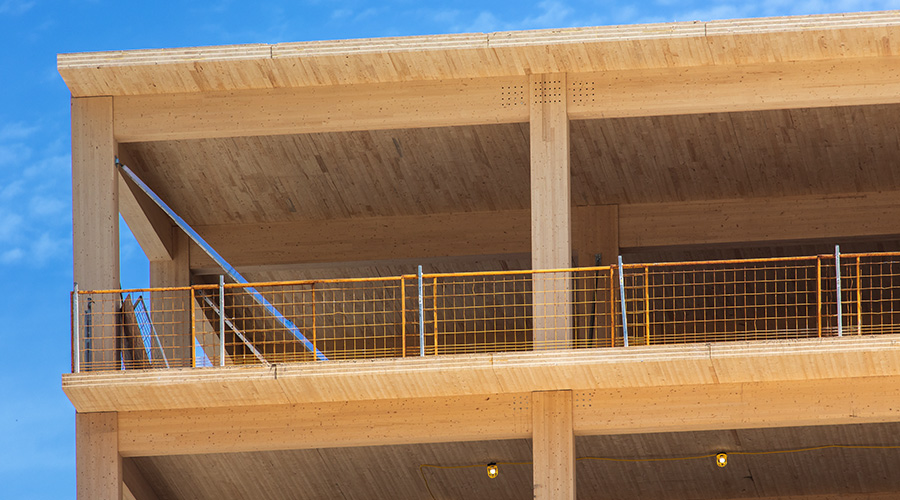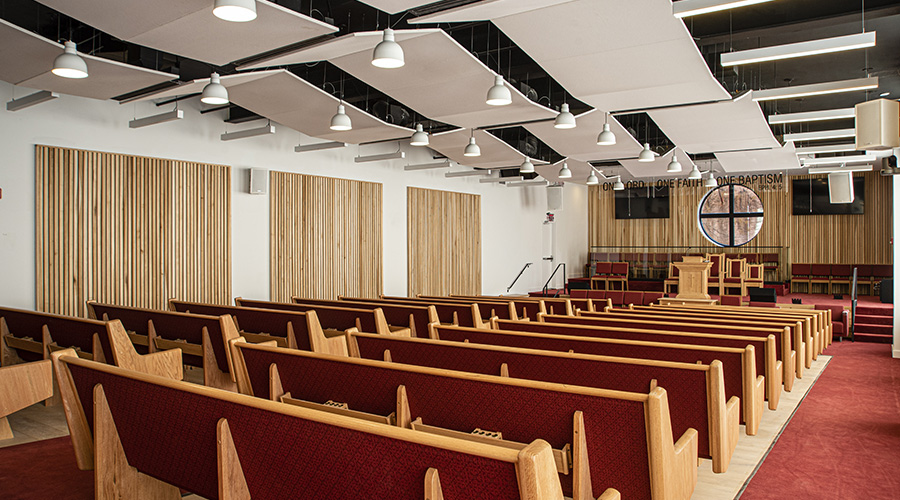AIA's Architecture Billings Index Shows Early Signs of Improving Business Conditions
After a series of historic lows, the Architecture Billings Index gained significantly in March for the first time in months, according to the American Institute of Architects (AIA).
After a series of historic lows, the Architecture Billings Index gained significantly in March for the first time in months, according to the American Institute of Architects (AIA).
As an economic indicator of construction activity, the ABI reflects the approximate nine to twelve month lag time between architecture billings and construction spending.
AIA reported the March ABI rating was 43.7, up from the 35.3 mark in February. This was the first time since September 2008 that the index was above 40, but the score still indicates an overall decline in demand for design services since any score above 50 indicates an increase in billings. The new projects inquiry score was 56.6.
“This news should be viewed with cautious optimism,” says AIA Chief Economist Kermit Baker. “The fact that inquiries for new projects increased is encouraging, but it will likely be a few months before we see an improvement in overall billings. Architects continue to report a diversity of business conditions, but the majority is still seeing weak activity levels.”
Key March ABI Highlights:
Regional averages:
South (43.4),
Northeast (41.8),
Midwest (37.5),
West (36.1)
Sector index breakdown:
Mixed practice (44.0),
Institutional (42.9),
Multi-family residential (39.4)
Commercial / industrial (35.0)
About the AIA Architecture Billings Index
The Architecture Billings Index is derived from a monthly “Work-on-the-Boards” survey and produced by the AIA Economics Market Research Group. Based on a comparison of data compiled since the survey’s inception in 1995 with figures from the Department of Commerce on Construction Put in Place, the findings amount to an economic indicator that provides an approximately nine to twelve month glimpse into the future of nonresidential construction activity.
The diffusion indexes contained in the full report are derived from a monthly survey sent to a panel of AIA member-owned firms. Participants are asked whether their billings increased, decreased, or stayed the same in the month that just ended. According to the proportion of respondents choosing each option, a score is generated, which represents an index value for each month.
Related Topics:











